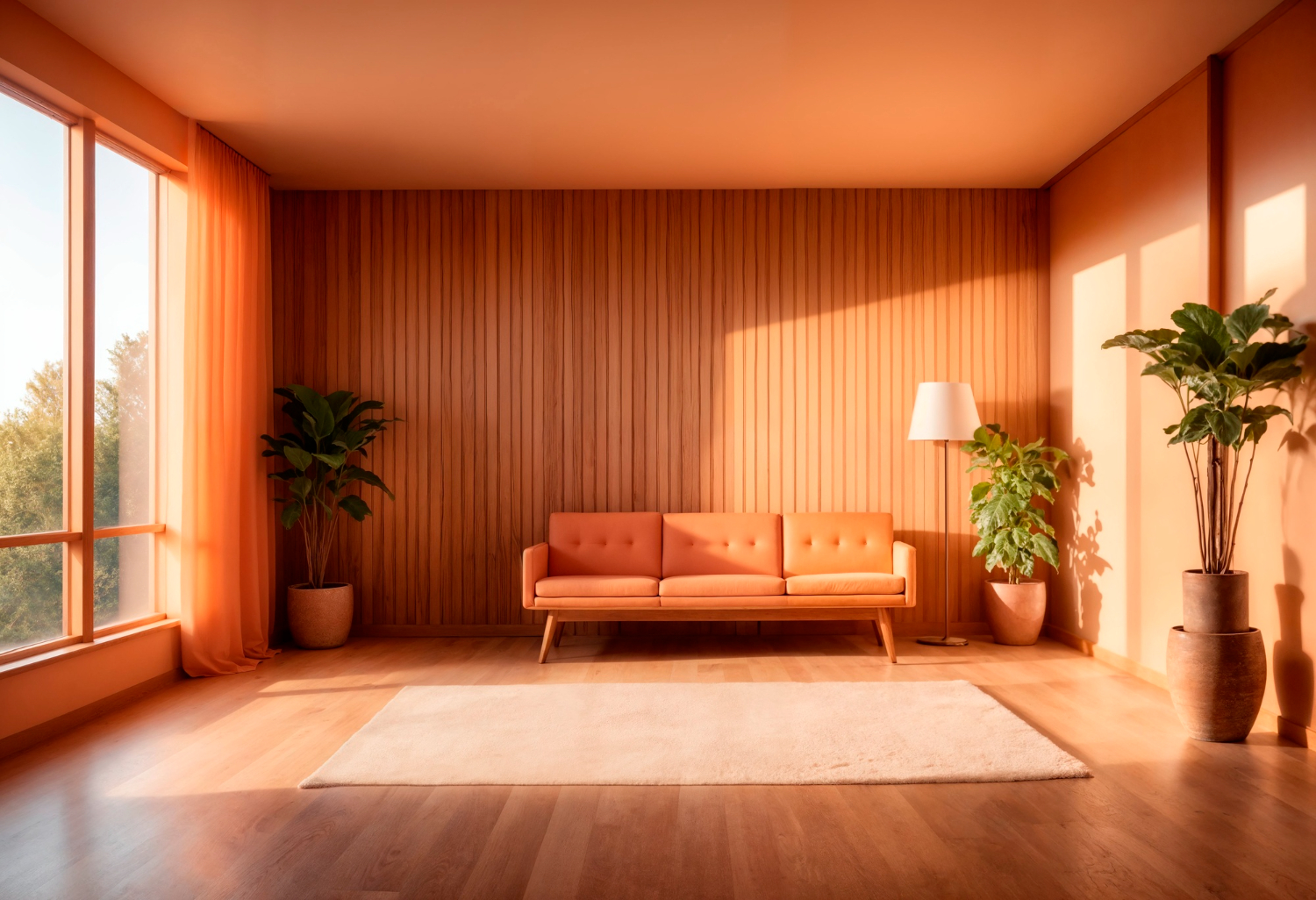
Wall cladding is a crucial element in modern architecture, serving both aesthetic and functional purposes. From enhancing the visual appeal of a building to providing protection against weather elements, it plays a significant role in the durability and appearance of your home.
With various materials and designs available, choosing the right cladding for your exterior walls can transform your property into a stylish and durable space. In this article, we will explore the different types of cladding, focusing on materials like stone, wood, and metal, and their benefits.
We will also delve into popular designs, such as modern and traditional, to help you find the perfect match for your home.
Wall cladding not only enhances the aesthetic appeal of your home but also provides an additional layer of protection against environmental factors. Cladding materials are designed to resist moisture, heat, and cold, ensuring that the structure remains intact and requires less maintenance. Additionally, they can improve the insulation of your home, leading to energy savings and a more comfortable living environment.
When selecting wall cladding for your home, consider factors such as climate, architectural style, and personal preference. For example, stone cladding is ideal for regions with harsh weather conditions, while wood cladding suits homes in milder climates. Additionally, consider the maintenance requirements and longevity of the material to ensure that it meets your needs.
Stone exterior wall cladding is a popular choice for homeowners who want to add a touch of elegance and natural beauty to their exteriors. Available in various types, including granite, limestone, and slate, stone cladding offers durability and a timeless appeal. This material is resistant to harsh weather conditions, making it ideal for both modern and traditional homes.
Wooden cladding is known for its natural warmth and elegant appeal. It is a versatile material that can be used in various styles, from rustic to contemporary. However, wood requires regular maintenance to protect it from moisture, insects, and other environmental factors. Popular choices include cedar, pine, and oak, which offer different textures and finishes.
Metal cladding, often made from aluminum or steel, is a modern and durable option for exterior walls. It is resistant to corrosion, fire, and pests, making it a low-maintenance choice. Metal cladding is available in various finishes, including smooth, textured, and perforated, allowing for a range of design possibilities.
Brick and concrete are traditional materials that offer strength and durability. These materials are often used in combination with other cladding types to create a unique exterior design. Brick cladding provides a classic look, while concrete offers a more industrial and contemporary feel.
Modern designs focus on clean lines, minimalism, and the use of innovative materials. Metal and glass cladding are popular in modern architecture, often combined with natural materials like stone or wood to create a balanced and sophisticated look.
Traditional designs emphasize the use of natural materials and craftsmanship. Stone, brick, and wood are commonly used in traditional cladding to create a timeless and elegant appearance. These designs often feature intricate details and patterns that reflect historical architectural styles.
Contemporary designs are characterized by bold colors, unusual shapes, and a mix of materials. This style is often eclectic, combining elements of modern and traditional architecture to create a unique and dynamic exterior.
Rustic designs emphasize natural textures and earthy colors. Stone and wood are the primary materials used in rustic cladding, often left in their natural state or minimally treated to preserve their raw beauty. This style is ideal for homes in rural or mountainous areas.
One of the primary benefits of cladding is the visual enhancement it provides. Whether you prefer a modern, traditional, or rustic look, cladding can transform the exterior of your home, giving it a distinct and attractive appearance.
Cladding materials are designed to protect your home from the elements. Stone, metal, and brick cladding offer high resistance to weather conditions, ensuring that your home remains durable and low-maintenance over time.
Cladding can improve the thermal insulation of your home, reducing energy costs and increasing comfort. Materials like wood and stone have natural insulating properties, while modern materials like insulated metal panels provide additional energy efficiency.
Many cladding materials require minimal maintenance, especially metal and stone. Unlike painted or rendered surfaces, which need regular upkeep, cladding can maintain its appearance with little effort, saving you time and money in the long run.
Investing in high-quality wall cladding can increase the value of your property. A well-designed exterior with durable cladding materials makes your home more appealing to potential buyers, adding to its market value.
Wall cladding is a versatile and essential component of modern architecture. Whether you want to enhance the aesthetic appeal of your home, improve its durability, or increase energy efficiency, the right cladding material and design can achieve your goals. By exploring exterior cladding materials, from stone and wood to metal and brick, you can find the perfect cladding solution that reflects your style and meets your practical needs.
1. What are the most durable exterior wall cladding materials?
Stone and metal cladding are among the most durable options, offering resistance to weather, pests, and fire. They require minimal maintenance and can last for decades.
2. How do I maintain wooden wall cladding?
Wooden cladding requires regular maintenance, including sealing, staining, or painting to protect it from moisture, insects, and UV damage. Proper care can extend its lifespan.
3. Can I mix different wall cladding materials on my exterior walls?
Yes, mixing materials like stone and wood or metal and brick can create a unique and visually appealing design. Combining textures and colors adds depth and character to your home.
4. Is wall cladding expensive?
The cost of cladding varies depending on the material. Stone and metal cladding tend to be more expensive, while wood and brick offer more affordable options. Consider your budget and long-term benefits when choosing.
5. Does exterior wall cladding improve insulation?
Yes, cladding can improve insulation, especially when combined with additional insulating materials. It helps regulate indoor temperatures, reducing energy costs and increasing comfort.












